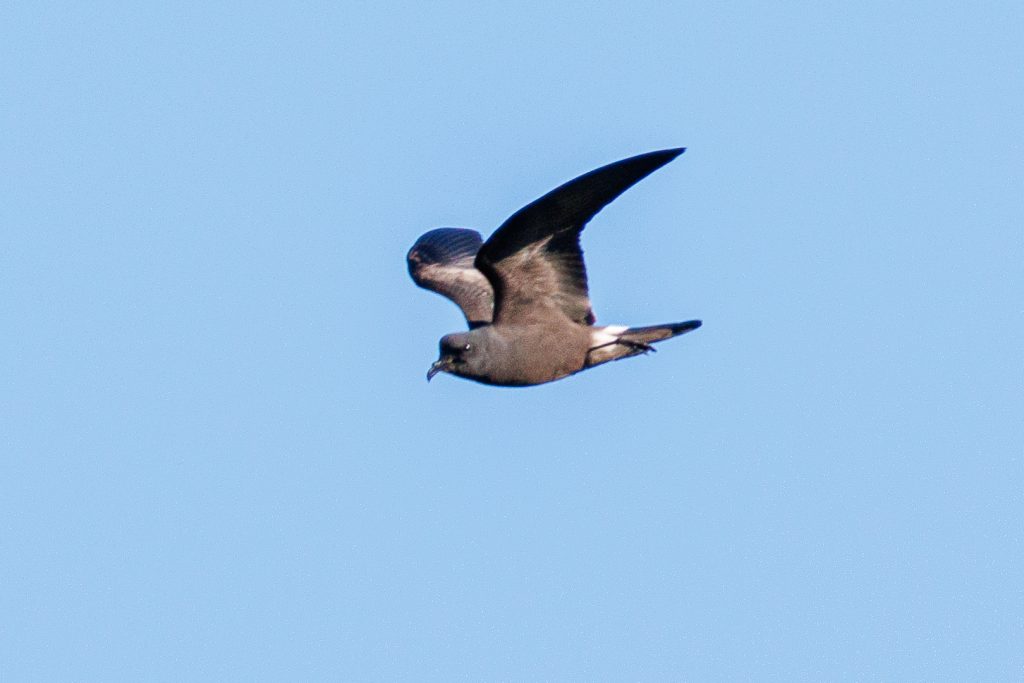Nature Notes – Autumn Migration
Last month I drew attention to the onset of the autumn migration and birds that might be (and subsequently have been) seen in September. “Most years a redstart is seen in a garden somewhere locally”. I almost got that spot on. Two redstarts were seen in a hedge an easy walking distance from where I live, unfortunately, not by me.
From now until mid-November, uncommon and some rare species will be reported from islands and headlands around the coast. Seabirds and vagrants from North America, are mainly found in the far north or west of the UK. Birds from northeast Europe and as far east as Siberia, mainly appear on the east coast. Holidaying in a suitable area is recommended but success depends on weather patterns beyond our control.
Leicestershire birdwatching
The good news is that expensive trips are not essential. Local birdwatching can be very rewarding at this time of year. By the end of September Leicestershire and Rutland Ornithological Society has received reports of good numbers of redstarts and whinchats, several pied flycatchers and (mainly fly-over) tree pipits, all heading south. Eyebrook Reservoir had a significant amount of exposed mud, until heavy rainfall at the end of September, ‘spoiled things’.

The mud attracted a good variety of wading birds including curlew sandpiper, wood sandpiper, knot and little stint; all scarce visitors. Two exotic birds at Eyebrook were a roseate tern, present for half a day at the end of August (only the seventh record Leicestershire and Rutland) and equally unexpected, a juvenile Sabine’s gull that landed briefly on Sunday 22 September and was seen and photographed by the sole observer. This was only the ninth record of this Arctic breeding bird and the first in Leicestershire, the previous eight all having been seen at Rutland Water.
Birdwatching in Rutland
Not to be outdone, Rutland Water attracted a Leach’s petrel, present for about ninety minutes on Saturday 28 September. This is another high latitude breeding seabird that is rarely seen inland. On average, since 1941, one is seen locally about every five years but this was the first record since 2013. The bird flew close overhead on a couple of occasions. (Mike Snow obtained the photograph and has kindly allowed us to print it.).
Unusual September sigtings
Other unusual September sightings have included two ferruginous ducks at Shawell (near Lutterworth) and a duck that is usually seen by the coast, a red-breasted merganser, still showing well off the dam at Rutland Water at the time of writing.
Between now and mid-November look out for common winter visitors including redwing, fieldfare and siskin, all of which visit parks and gardens. Hoped-for species include ring ouzel, crossbill and woodlark all of which are more likely to be seen as fly-over migrants.
Three rarer species that could arrive somewhere in the counties are yellow-browed warbler, leaf warblers, chiffchaff and willow warbler. Large numbers of yellow-browed have already arrived on the east coast; some will filter inland. They can turn up anywhere there is insect food, including urban parks and gardens. In recent years they have been recorded annually in the counties. The other two species mentioned are a case of hope rather than expectation. Great grey shrike was an annual visitor until about twenty years ago. Sightings in the counties are now very infrequent. Rough-legged buzzard was last recorded in 2009. It only appears in the UK in any numbers if there is a population explosion which follows successful breeding seasons of lemmings on the tundra. Once the lemmings “crash” rough-legged buzzards can’t find sufficient food and wander widely, increasing the chance of a rare appearance in our counties.
David Scott




 Celia Pemberton’s 100th Birthday
Celia Pemberton’s 100th Birthday

